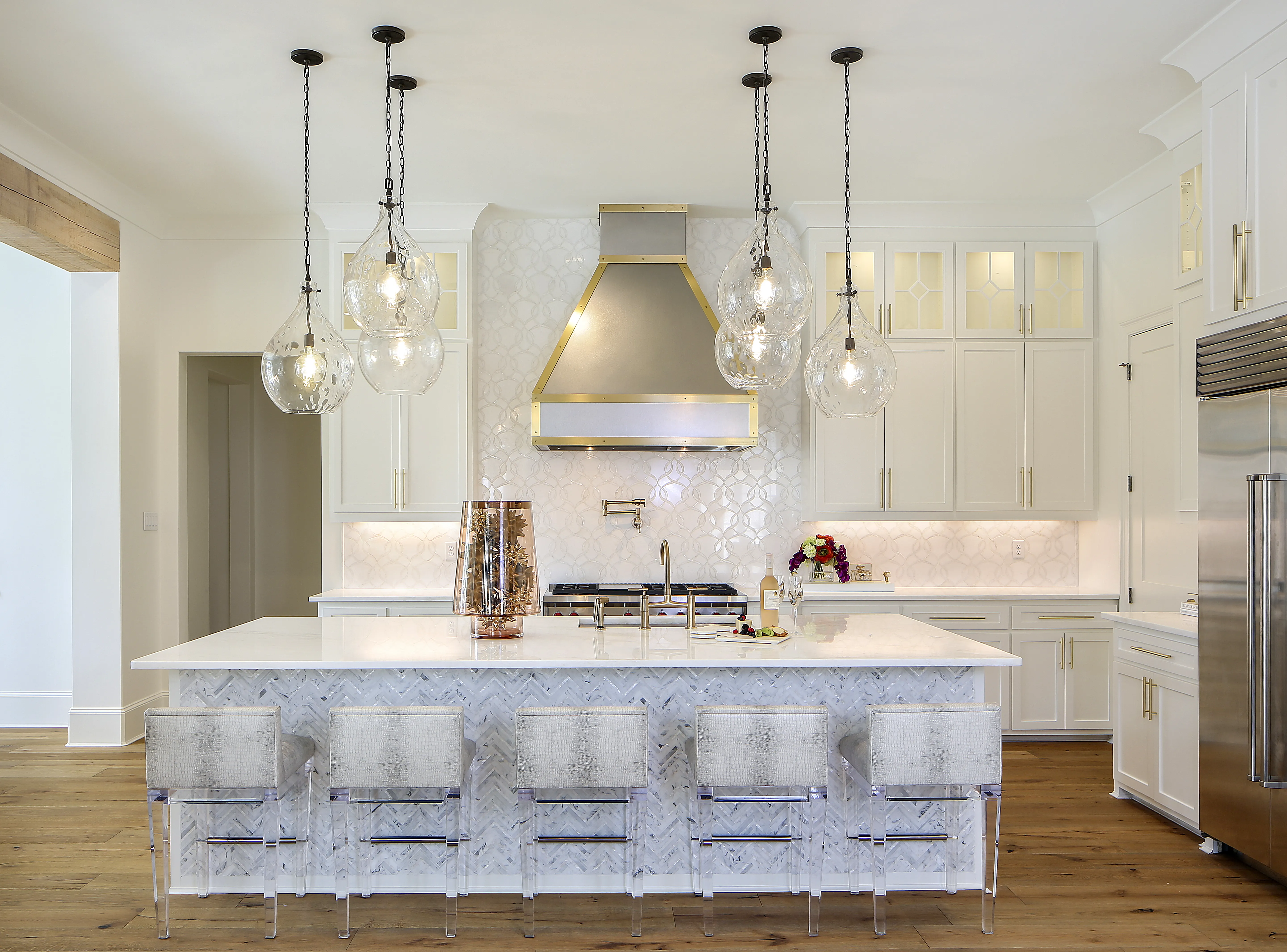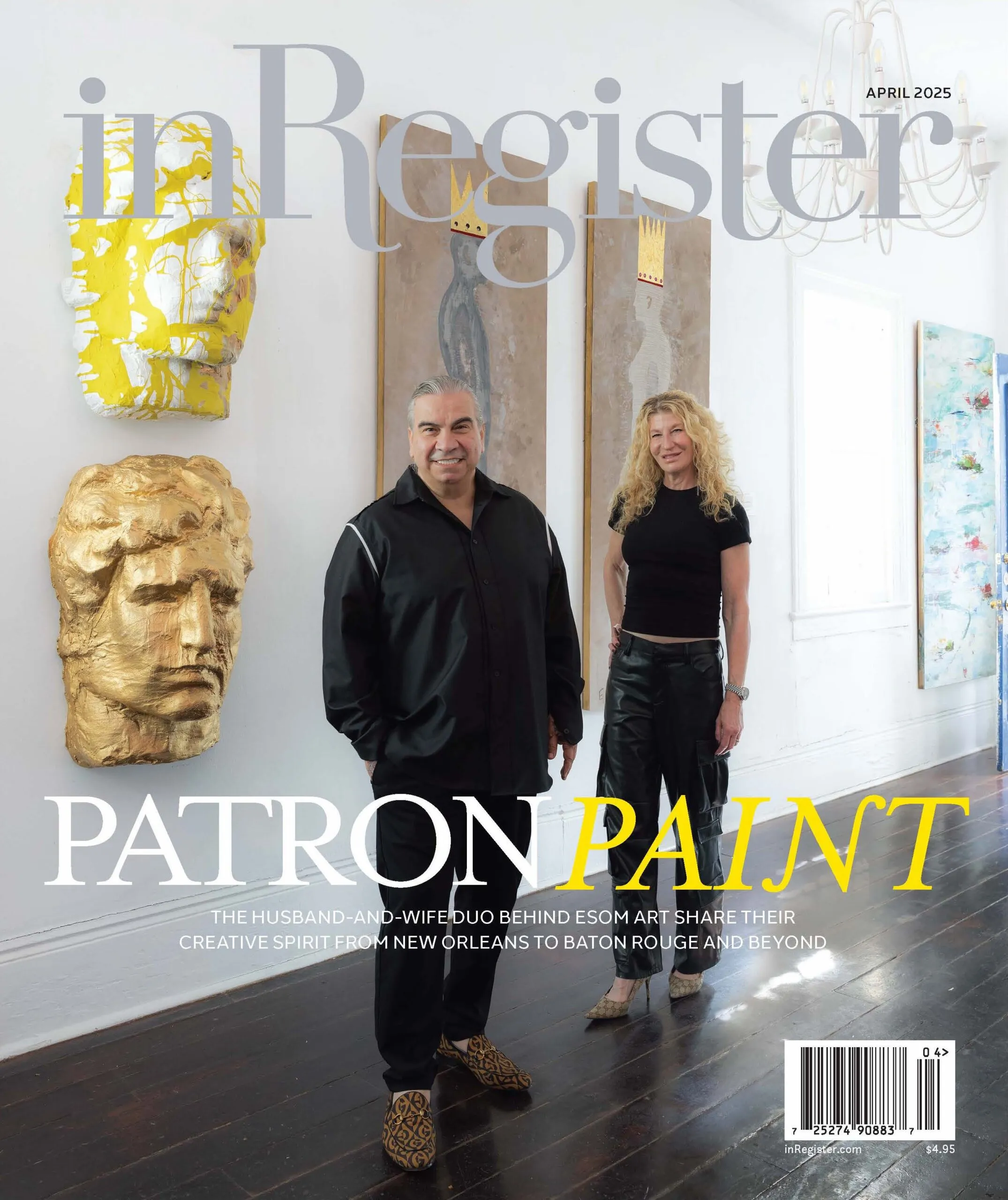
These rules of thumb make hanging light fixtures easy
Whether you are hanging modern pendants over your kitchen island or an antique chandelier over the dining room table, the proper spacing and height of your light fixtures is crucial to ensure ideal function of the lighting and balance for your space. In order to learn how to properly hang and space any fixture, we looked no further than lighting stylist and owner of Capital City Lighting Bridget Tate.
According to Tate, trusting your eye is always key. However, if you don’t know where to begin, follow Tate’s professional tips, which begin with getting out the old measuring tape.
“I recommend installing ceiling-mounted pendants or chandeliers 30 to 36 inches from the surface of your kitchen island or dining table,” she says. “If you are hanging multiple large fixtures, the widest part of the fixture should be spaced a minimum of 30 inches apart for optimum spread of light and visibility.”

While Tate’s height and spacing tips are general rules of thumb, a couple of factors can alter visibility and may lead certain individuals to stray from the recommendation. That is why Tate recommends that clients be onsite during the installation so they can “eyeball” the exact height. The first factor is the client’s height. If a homeowner is very tall, they may want the fixture higher over the island so that it isn’t in their sightline, Tate explains. Secondly, the style of the fixture itself can affect the placement. If the fixture is solid, like a shade or dome, you may want to hang it a little higher to improve visibility. But if the lighting is open, caged or glass-covered–and not visually heavy–it can be hung on the longer side, she says.
With so many ways to style the endless selection of light fixtures, you may be left wondering how to determine the number of fixtures to install. As Tate suggests, when choosing lighting for the dining area, look straight to the kitchen island and find balance based on what you have there.
“I would avoid hanging two fixtures in the dining room if the table is in the same visual space as the island and the island has multiple pendants,” she says. “You don’t want to get too cluttered with your lighting. We want it to flow and be so visually pleasing that when you walk in the door, you are immediately in the best mood. Lighting affects so much of our psyche and it’s important to get it right.”
As Tate advises, there are always situations in which these “rules” are difficult to follow–whether it is situational or a personal preference. She suggests embracing your own individual style because, in the end, it will yield the best result for you and your space. “If you are comfortable going very oversized, which I love, do it! Follow the rules of your heart. What about putting a trio of pendants at alternating heights over an island and dining table? Do it, do it, do it! Lighting design is like fashion: wear the outfit, don’t let it wear you. Have fun. Accessorize with your lighting.”













